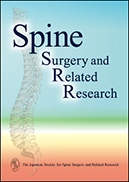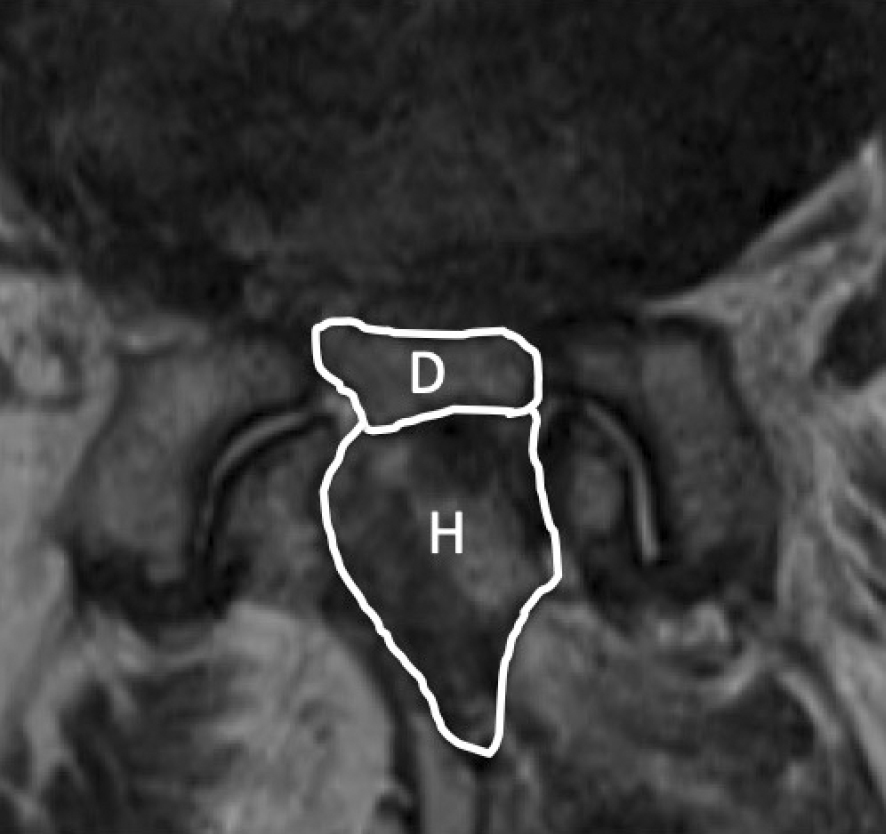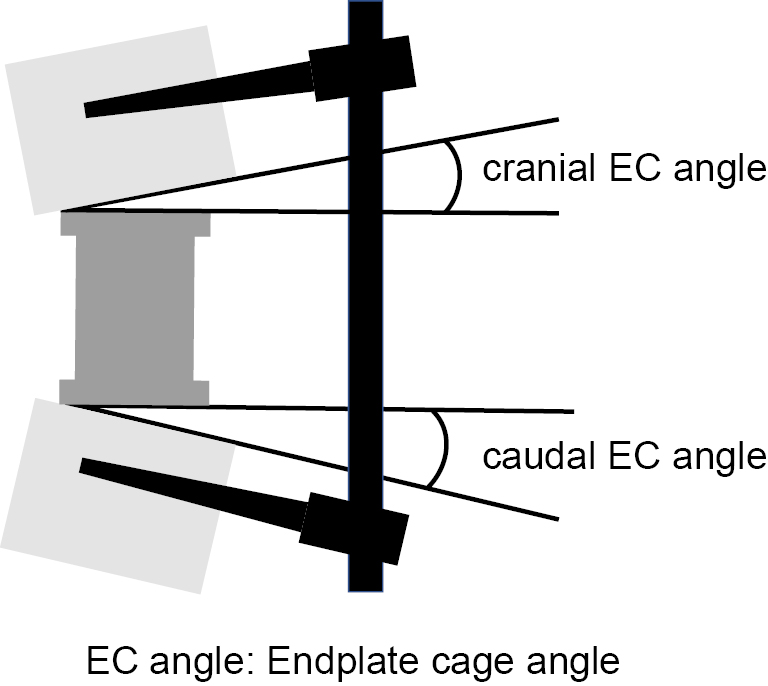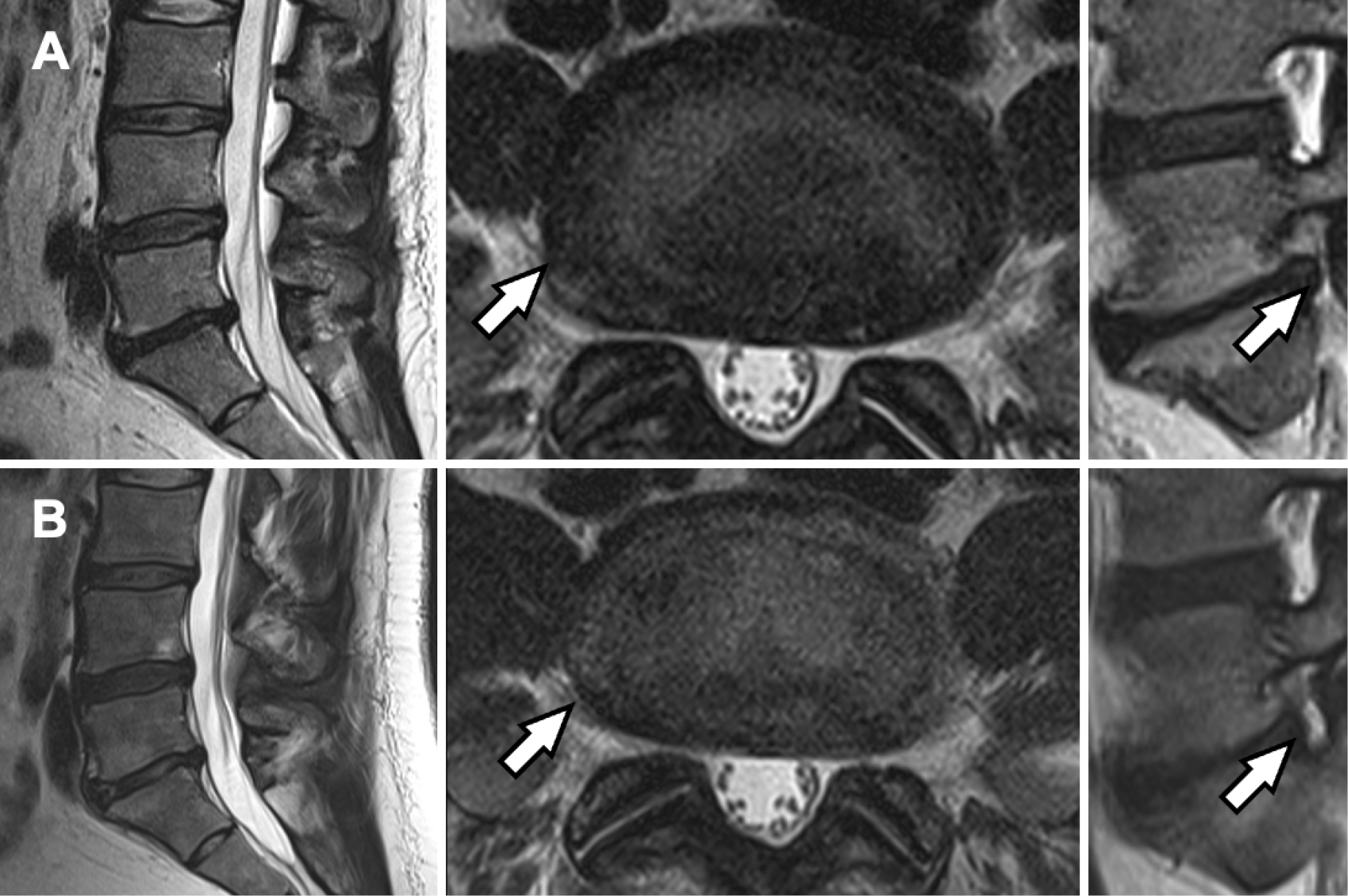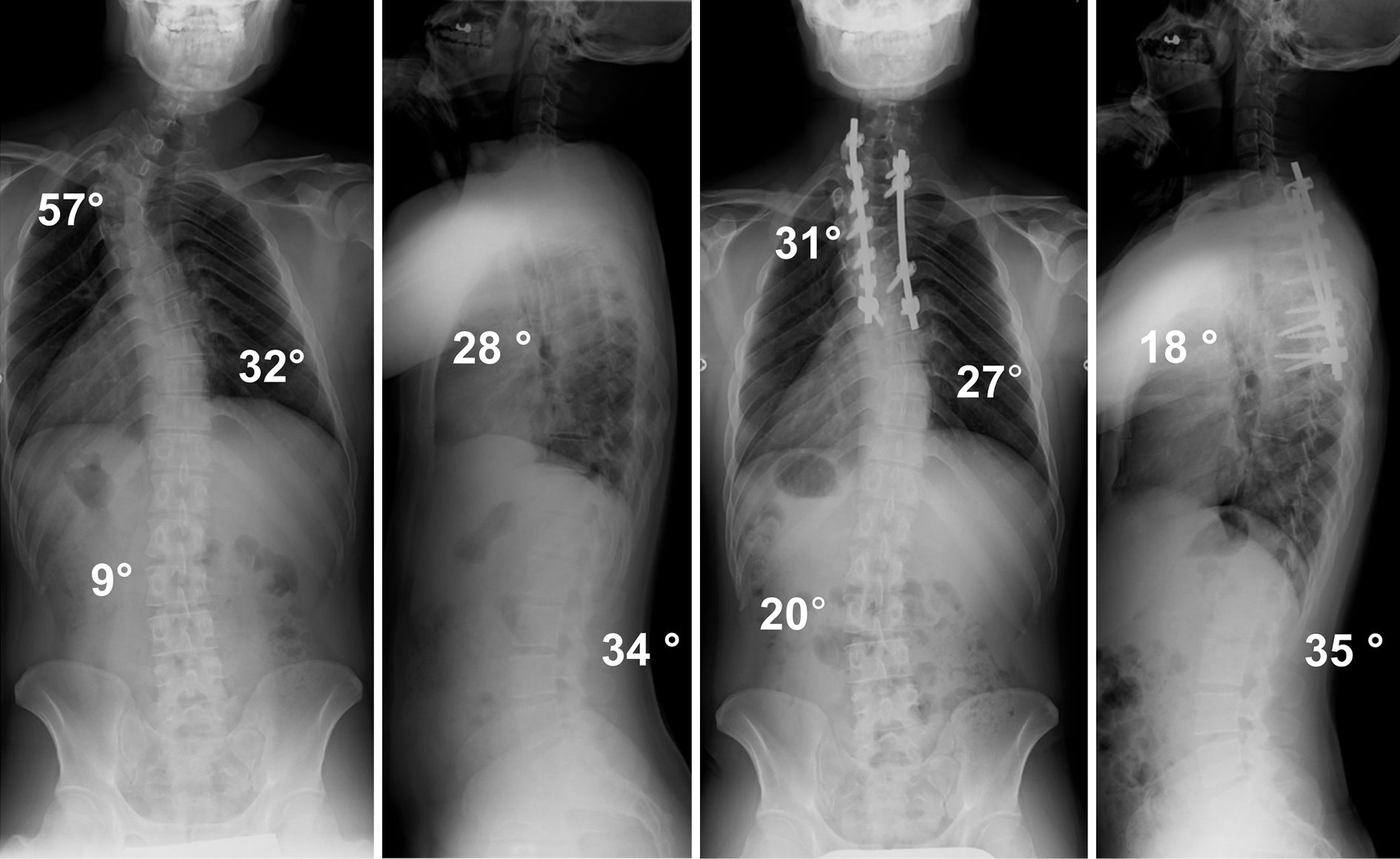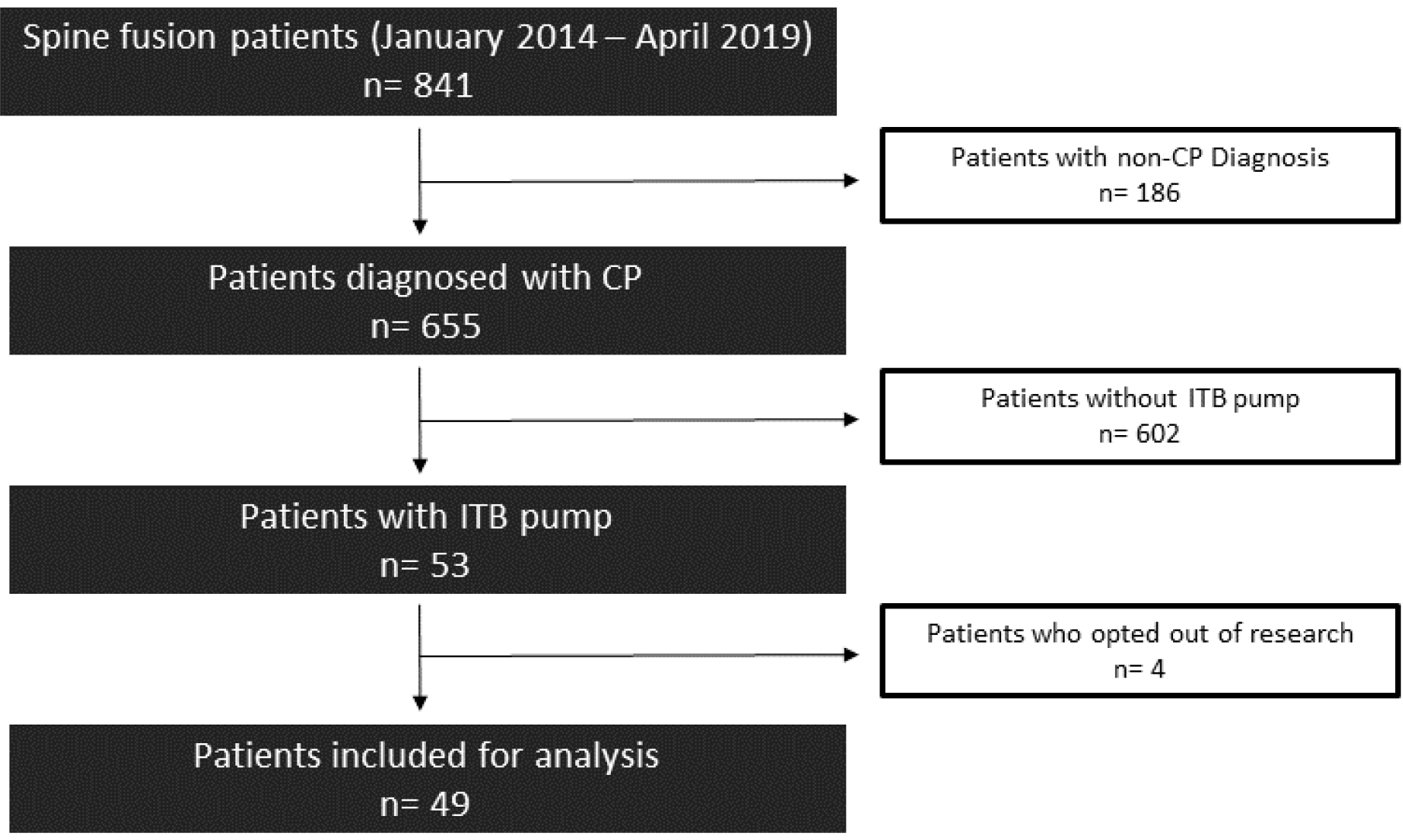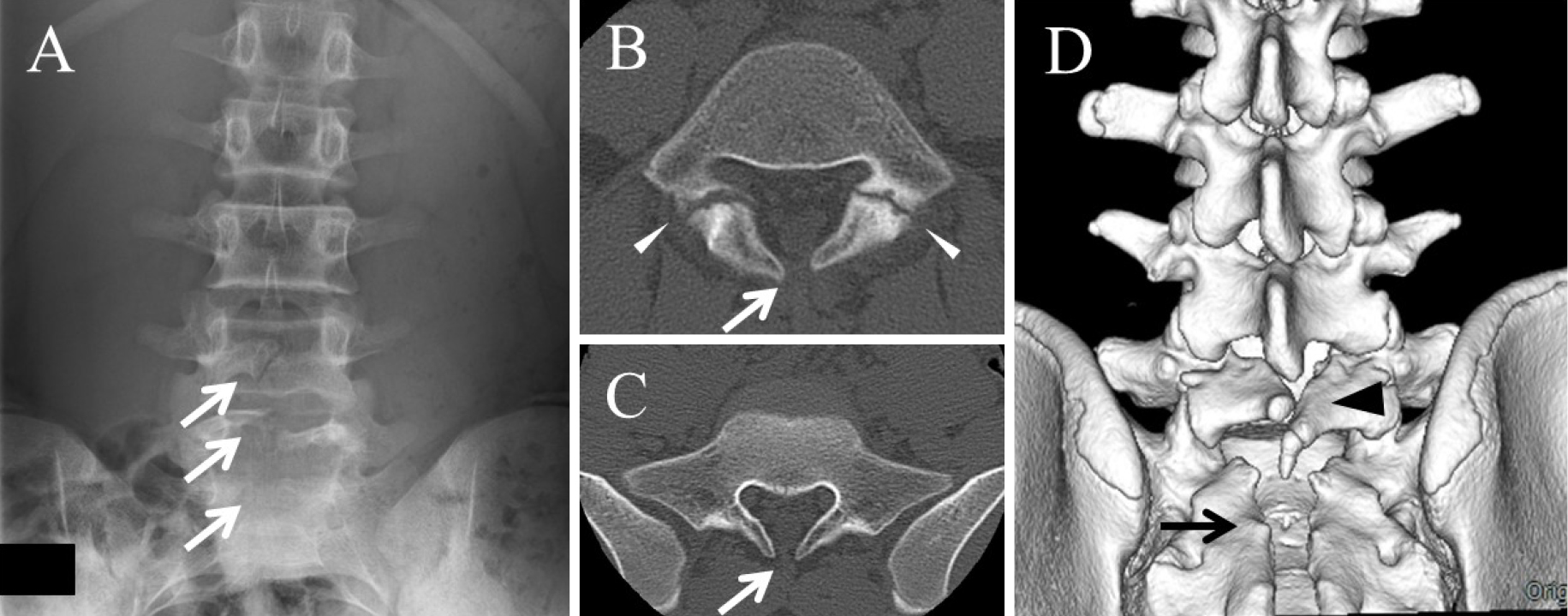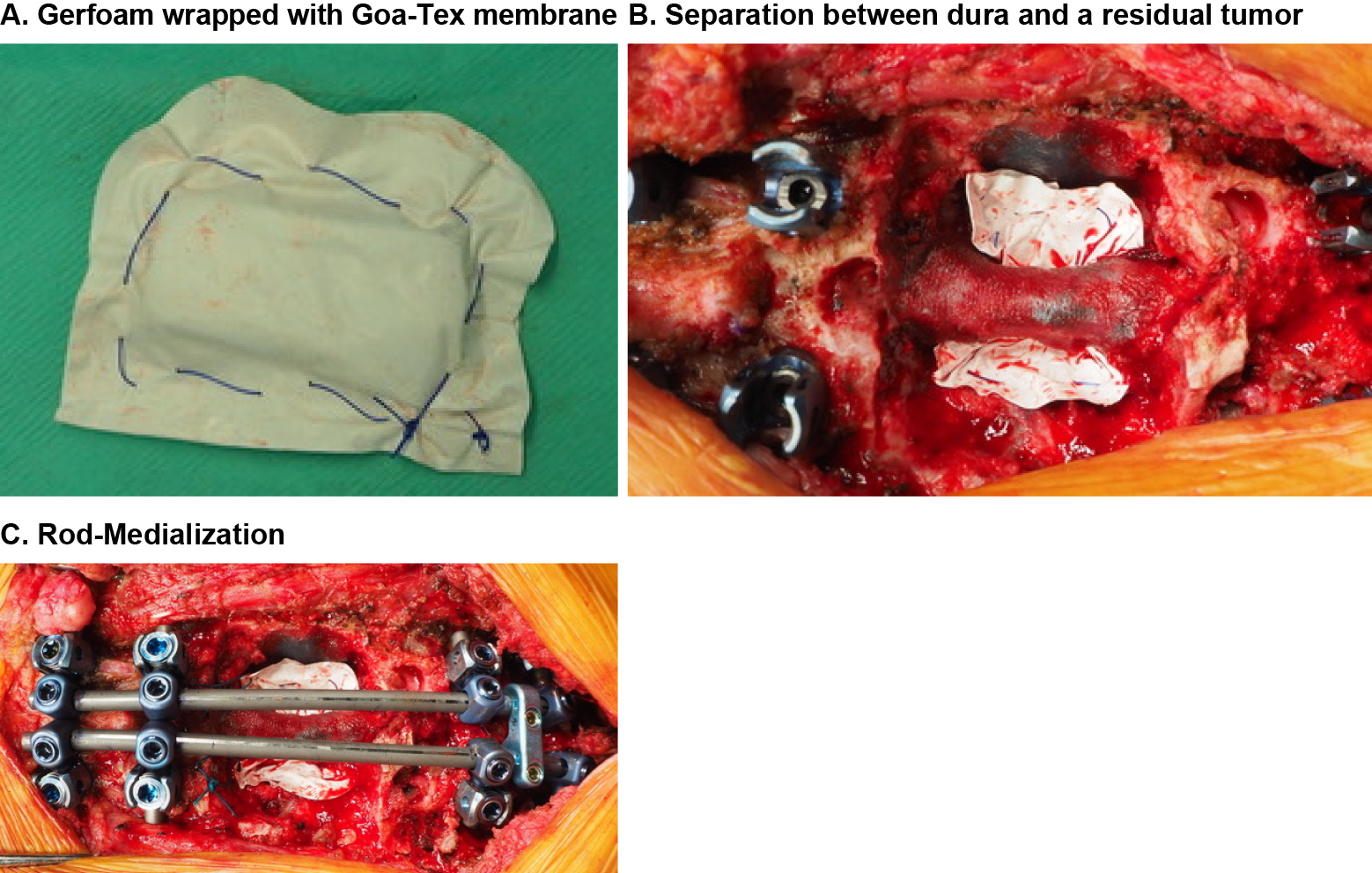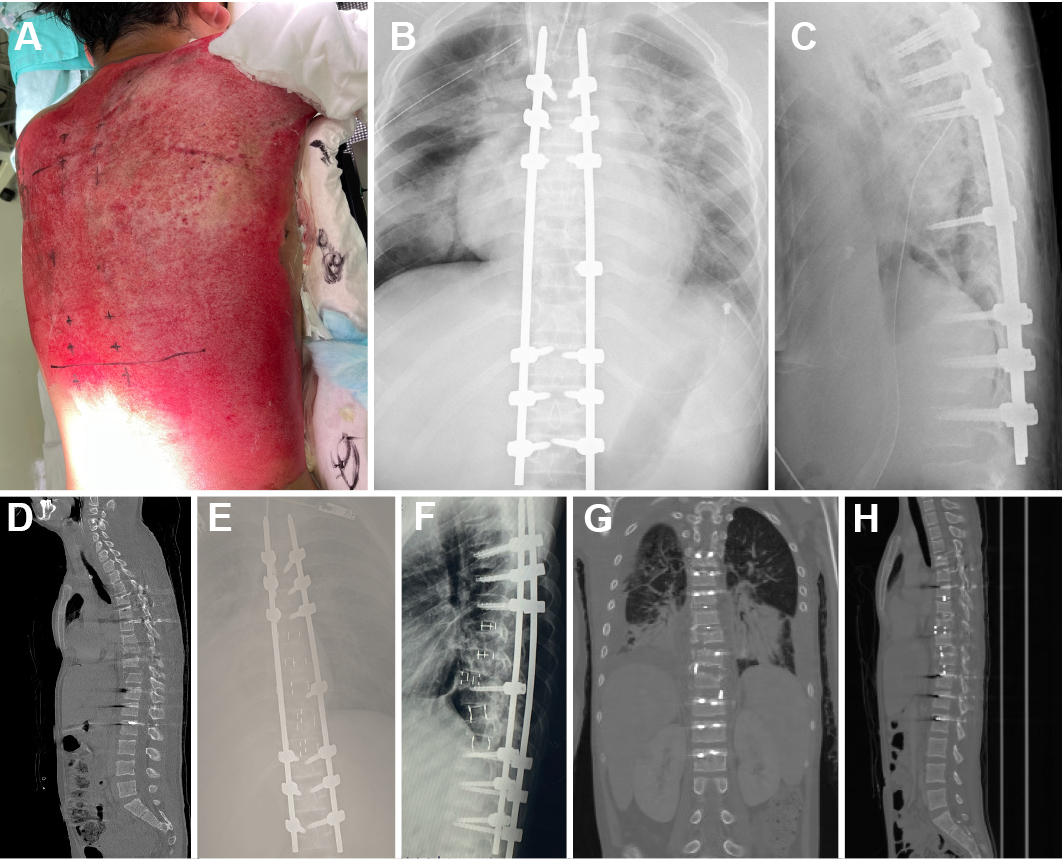Volume 7, Issue 4
Displaying 1-21 of 21 articles from this issue
- |<
- <
- 1
- >
- >|
EDITORIAL
-
2023Volume 7Issue 4 Pages 297
Published: July 27, 2023
Released on J-STAGE: July 27, 2023
Download PDF (51K)
SPECIAL ARTICLE: GUIDELINES
-
2023Volume 7Issue 4 Pages 298-299
Published: July 27, 2023
Released on J-STAGE: July 27, 2023
Download PDF (44K) -
2023Volume 7Issue 4 Pages 300-305
Published: July 27, 2023
Released on J-STAGE: July 27, 2023
Download PDF (75K) -
2023Volume 7Issue 4 Pages 306-307
Published: July 27, 2023
Released on J-STAGE: July 27, 2023
Download PDF (36K) -
2023Volume 7Issue 4 Pages 308-313
Published: July 27, 2023
Released on J-STAGE: July 27, 2023
Download PDF (77K) -
2023Volume 7Issue 4 Pages 314-318
Published: July 27, 2023
Released on J-STAGE: July 27, 2023
Download PDF (66K)
REVIEW ARTICLE
-
2023Volume 7Issue 4 Pages 319-326
Published: July 27, 2023
Released on J-STAGE: July 27, 2023
Advance online publication: February 13, 2023Download PDF (902K)
ORIGINAL ARTICLE
-
2023Volume 7Issue 4 Pages 327-332
Published: July 27, 2023
Released on J-STAGE: July 27, 2023
Advance online publication: March 13, 2023Download PDF (110K) -
2023Volume 7Issue 4 Pages 333-340
Published: July 27, 2023
Released on J-STAGE: July 27, 2023
Advance online publication: March 13, 2023Download PDF (220K) -
2023Volume 7Issue 4 Pages 341-349
Published: July 27, 2023
Released on J-STAGE: July 27, 2023
Advance online publication: January 12, 2023Download PDF (574K) -
2023Volume 7Issue 4 Pages 350-355
Published: July 27, 2023
Released on J-STAGE: July 27, 2023
Advance online publication: January 12, 2023Download PDF (355K) -
2023Volume 7Issue 4 Pages 356-362
Published: July 27, 2023
Released on J-STAGE: July 27, 2023
Advance online publication: February 13, 2023Download PDF (360K) -
2023Volume 7Issue 4 Pages 363-370
Published: July 27, 2023
Released on J-STAGE: July 27, 2023
Advance online publication: March 13, 2023Download PDF (628K) -
2023Volume 7Issue 4 Pages 371-376
Published: July 27, 2023
Released on J-STAGE: July 27, 2023
Advance online publication: March 13, 2023Download PDF (861K) -
2023Volume 7Issue 4 Pages 377-384
Published: July 27, 2023
Released on J-STAGE: July 27, 2023
Advance online publication: March 13, 2023Download PDF (235K) -
2023Volume 7Issue 4 Pages 385-389
Published: July 27, 2023
Released on J-STAGE: July 27, 2023
Advance online publication: March 13, 2023Download PDF (103K) -
2023Volume 7Issue 4 Pages 390-395
Published: July 27, 2023
Released on J-STAGE: July 27, 2023
Advance online publication: March 13, 2023Download PDF (333K)
TECHNICAL NOTE
-
2023Volume 7Issue 4 Pages 396-401
Published: July 27, 2023
Released on J-STAGE: July 27, 2023
Advance online publication: June 09, 2023Download PDF (1789K)
CLINICAL CORRESPONDENCE
-
2023Volume 7Issue 4 Pages 402-405
Published: July 27, 2023
Released on J-STAGE: July 27, 2023
Advance online publication: December 12, 2022Download PDF (678K) -
2023Volume 7Issue 4 Pages 406-409
Published: July 27, 2023
Released on J-STAGE: July 27, 2023
Advance online publication: February 13, 2023Download PDF (435K) -
2023Volume 7Issue 4 Pages 410-413
Published: July 27, 2023
Released on J-STAGE: July 27, 2023
Advance online publication: March 13, 2023Download PDF (621K)
- |<
- <
- 1
- >
- >|
